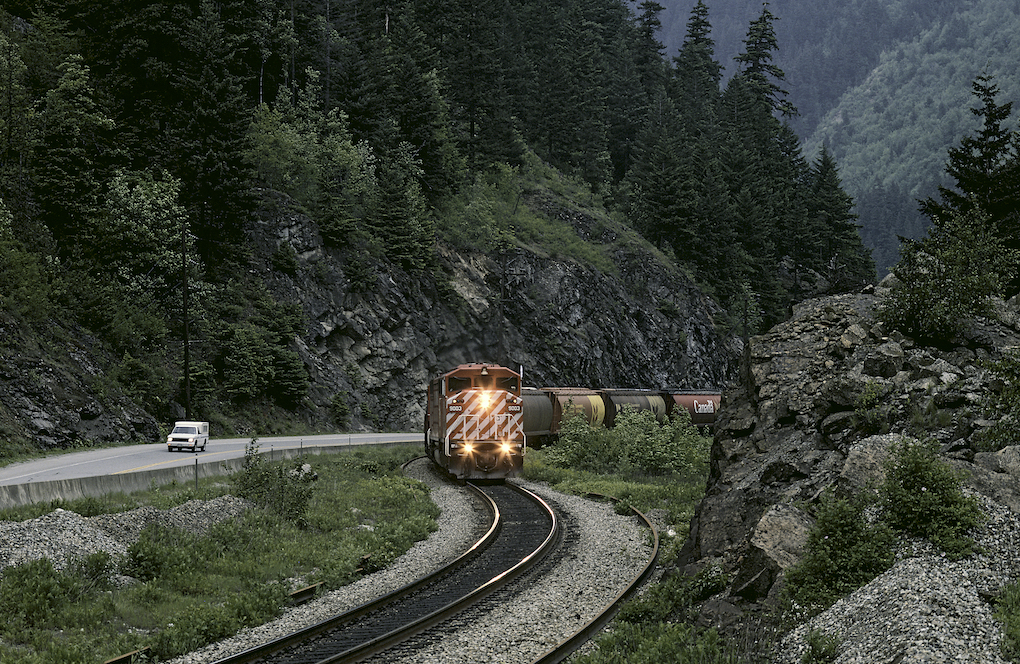
Soon after the first railroad bought the second locomotive it became apparent that some rules of the road were needed. There had to be a way to keep a following locomotive from running into the one ahead and to prevent head-on collisions when locomotives are moving toward each other on a single track. In the […]
Read More…

This full-page ad from roller bearing manufacturer Timken appeared 75 years ago in the May 1950 issue of Trains Magazine. It’s a reminder that roller bearings represented a huge advancement over the earlier friction, or plain, bearing design. Axle-mounted roller bearings are a critical component in modern railroading due to their role in enhancing efficiency, […]
Read More…

Although replaced in recent years by roller bearings, friction bearings (also called solid bearings or plain bearings) were a railroad standard for many years. Friction bearings were blocks of metal, usually brass, resting atop the axle and lubricated by oil-saturated wool waste enclosed in a hinged-lid journal box. To keep the bearing from getting too […]
Read More…

Livestock shipments and railroads had a love-hate relationship that kindled in the 1850s, blossomed after the Civil War, matured with the growth of big-city stockyards and giant meat-processing plants, then slowly faded in the 1960s and 1970s. While it lasted, livestock shipments were a major part of the railroad scene. Hammered by aging physical plants […]
Read More…
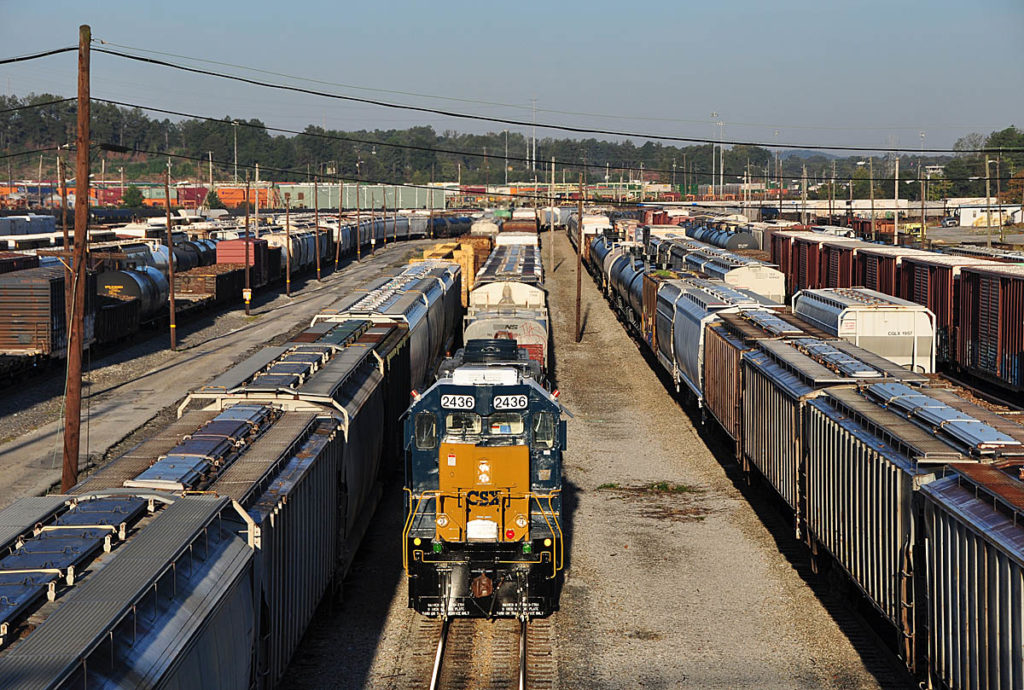
Hump yards The number of hump yards operating in North America has dropped precipitously over the decades. Today there are 36 active hump yards operated by the big six Class I systems and terminal and switching railroads. That’s down from 59 in 2002, 72 in 1993, 122 in 1985, and 152 in 1975. Yet hump […]
Read More…
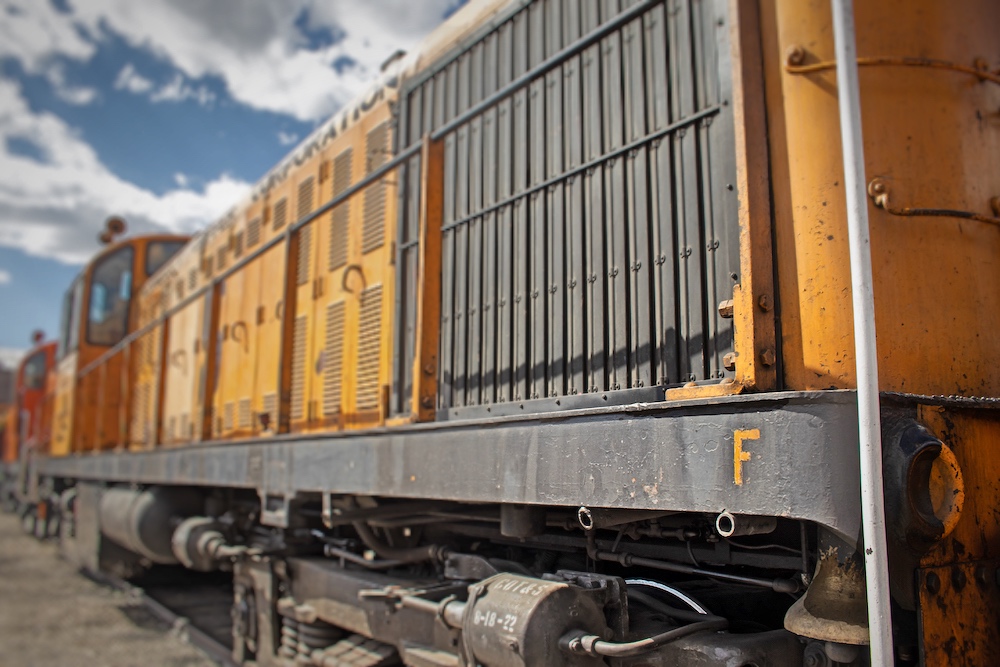
If you look closely at a diesel locomotive, you’ll see the letter “F” stenciled near the stairs. As obvious as it seems, the “F” stands for Front, and it’s required under the Railroad Locomotive Safety Standards section of the Code of Federal Regulations (CFR). Title 49 CFR Part 229.11 reads, “The letter “F” shall be […]
Read More…
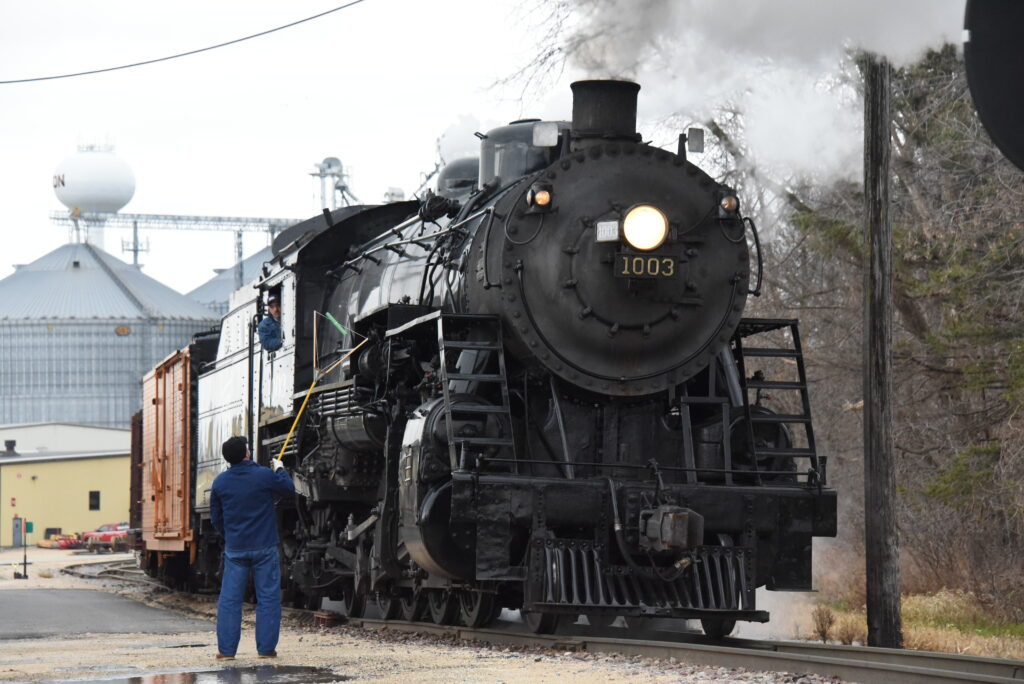
Railroad lingo What is the railroad’s lingo? Utilized mostly by railroaders, it’s a way of speaking among co-workers that involves using railroad terminology, jargon, slang, or argot. Common lingo can vary from one group of individuals to another. Not born of this world, I’ve struggled to understand some of the language the railroad professionals use […]
Read More…
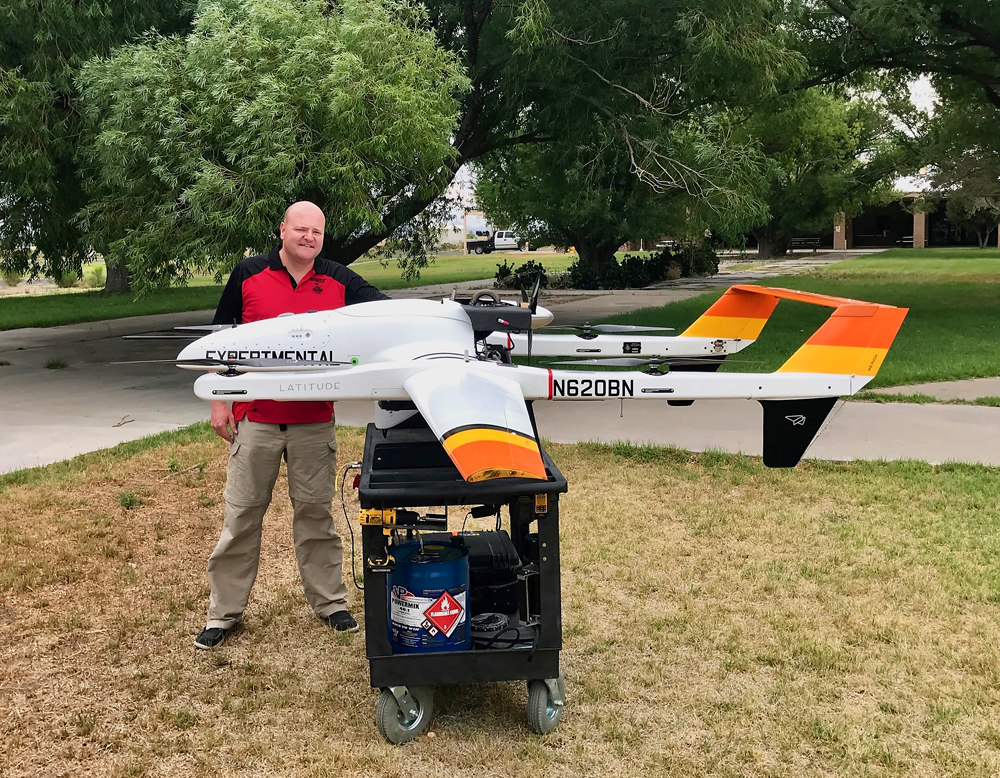
Drones With artificial intelligence growing at breakneck speed, businesses worldwide are experimenting with drone technology. No longer just a topic for science fiction, the use of drones has expanded rapidly over the last decade in a wide range of industries, including railroading. In the 2010s, Class I railroads gradually embraced the use of drones within […]
Read More…
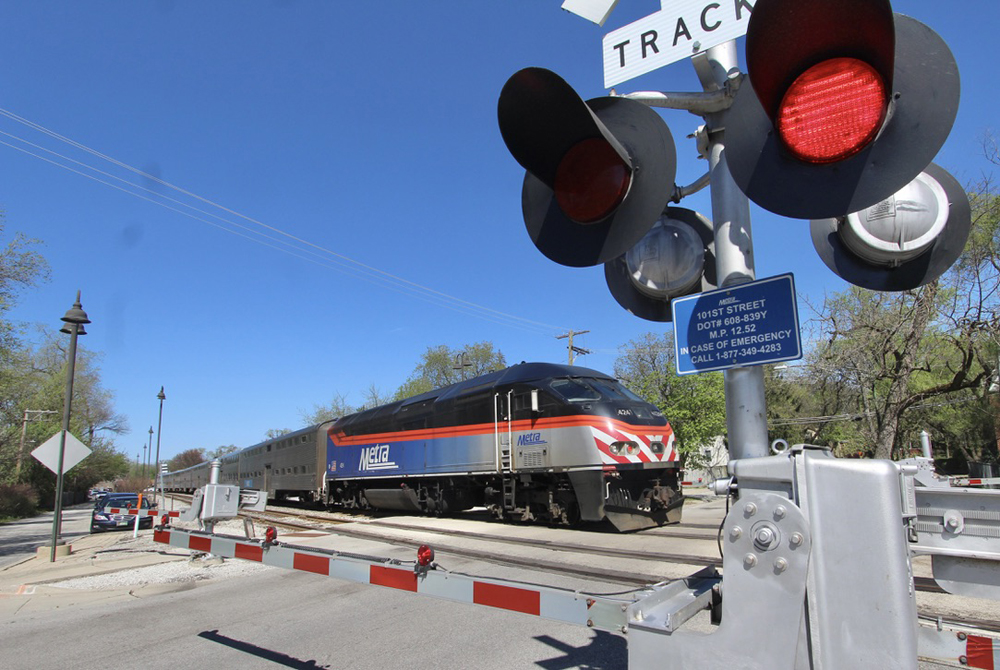
Look closely anywhere a road or pedestrian walkway crosses railroad tracks in the U.S. and you’ll see a small rectangular blue and white sign attached to the nearest warning device. Officially dubbed an Emergency Notification System, or ENS, sign, it has two vital pieces of information: a U.S. Department of Transportation “National Inventory Number” unique […]
Read More…
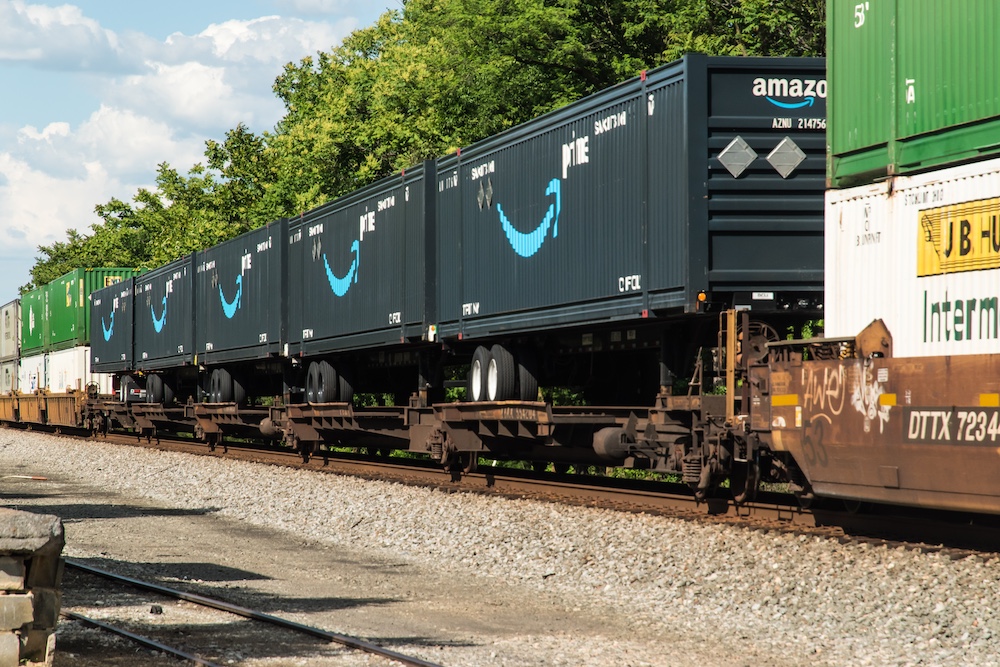
Amazon, the Internet shopping giant, is also intermodal’s uncommon carrier. To understand what makes it different, a brief overview of railroad intermodal operations is in order. In the early days of large-scale U.S. railroad intermodal operations, described more accurately at that time as “Piggyback”, or TOFC (Trailer On Flat Car), the identification of these vehicles […]
Read More…
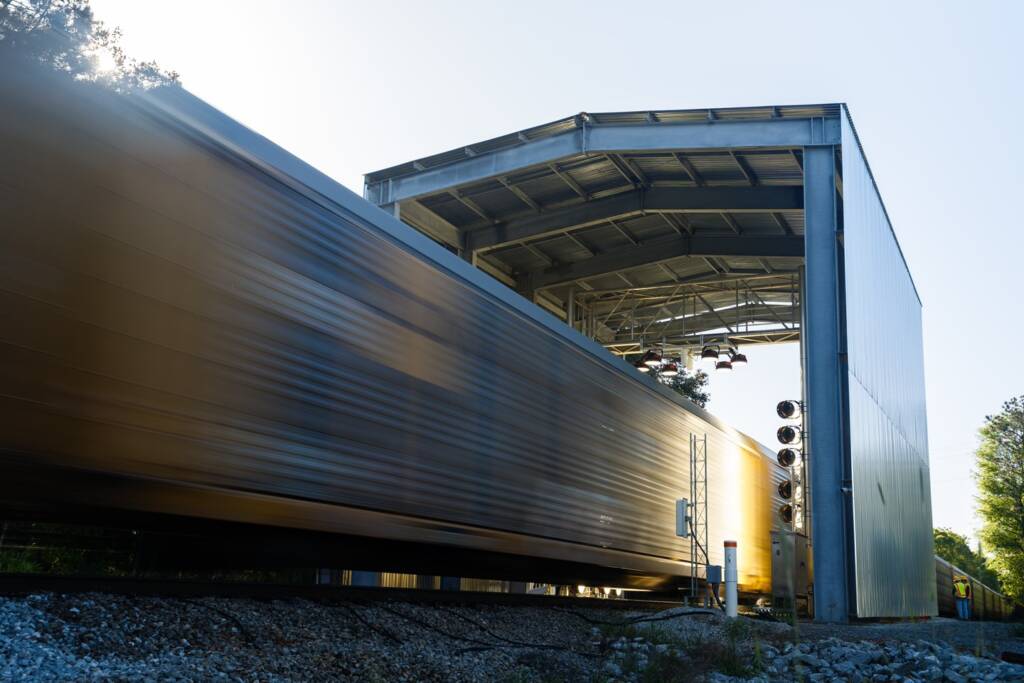
Norfolk Southern is installing Digital Train Inspection (DTI) portals at key locations on its 22-state network. Each portal features sensors, stadium lighting, and an array of ultra-high-resolution cameras mounted above, below, and on either side of the rails. As trains pass through the portal — at speeds up to 70 mph — images from the […]
Read More…
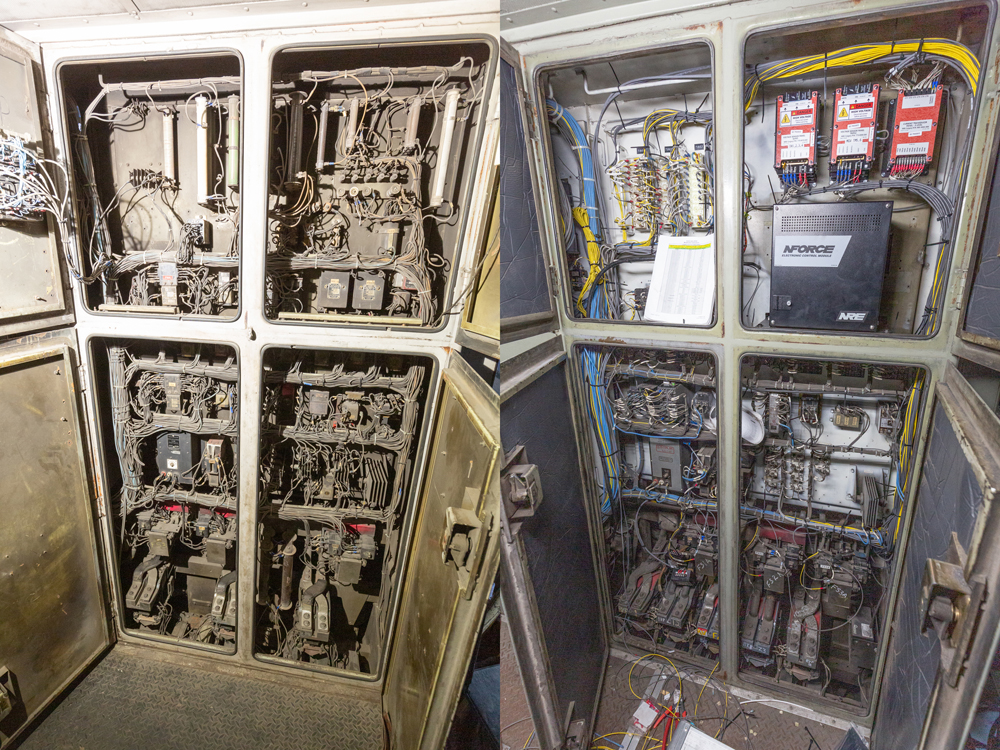
Microprocessor control New locomotives have largely included some sort of microprocessor control since the 1980s when EMD’s 60-series line and GE’s Dash 8 line were introduced. These advanced systems expanded the ability of new power to basically haul more and break down less than older designs. But the thousands of locomotives built prior to this […]
Read More…











